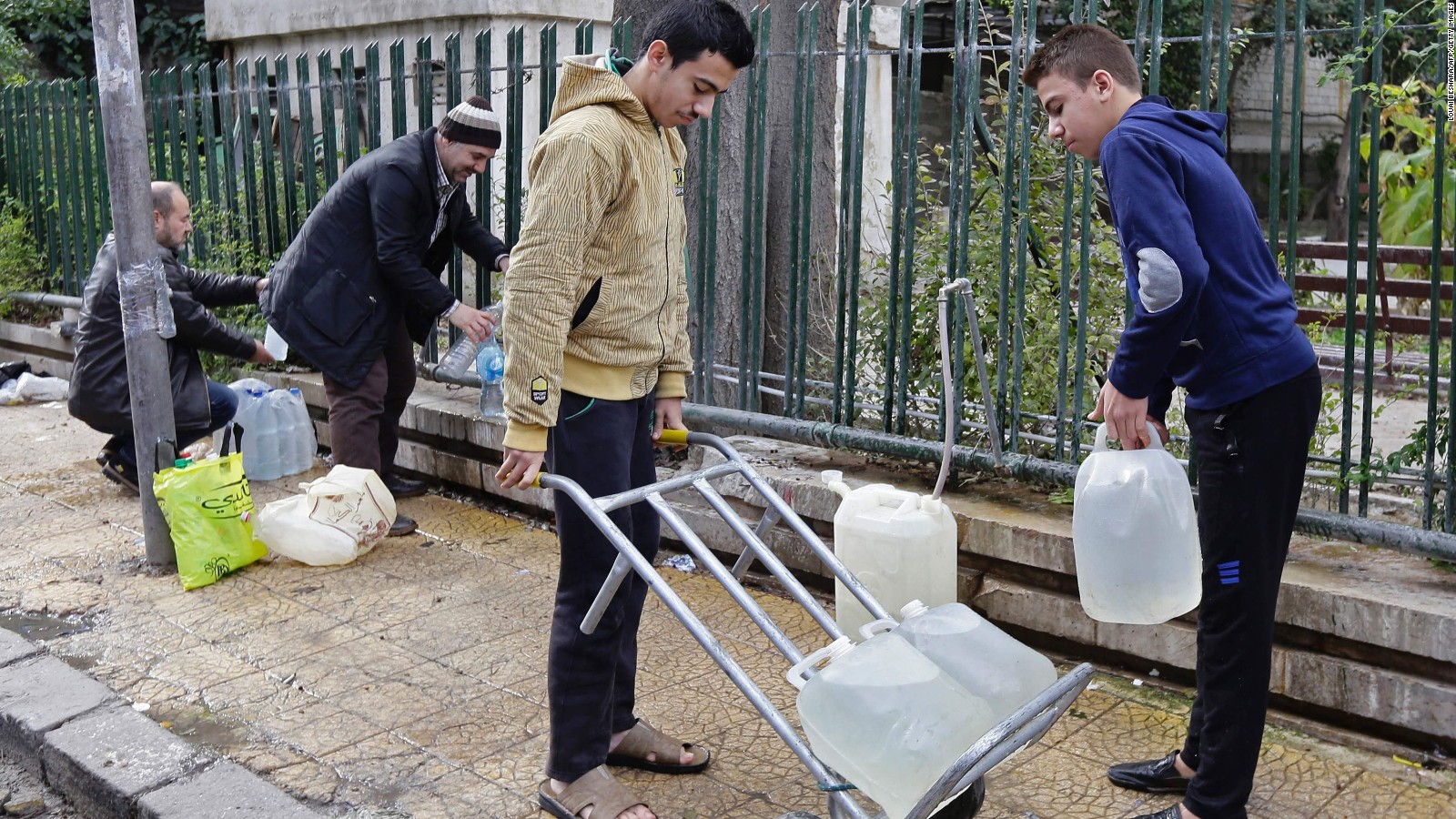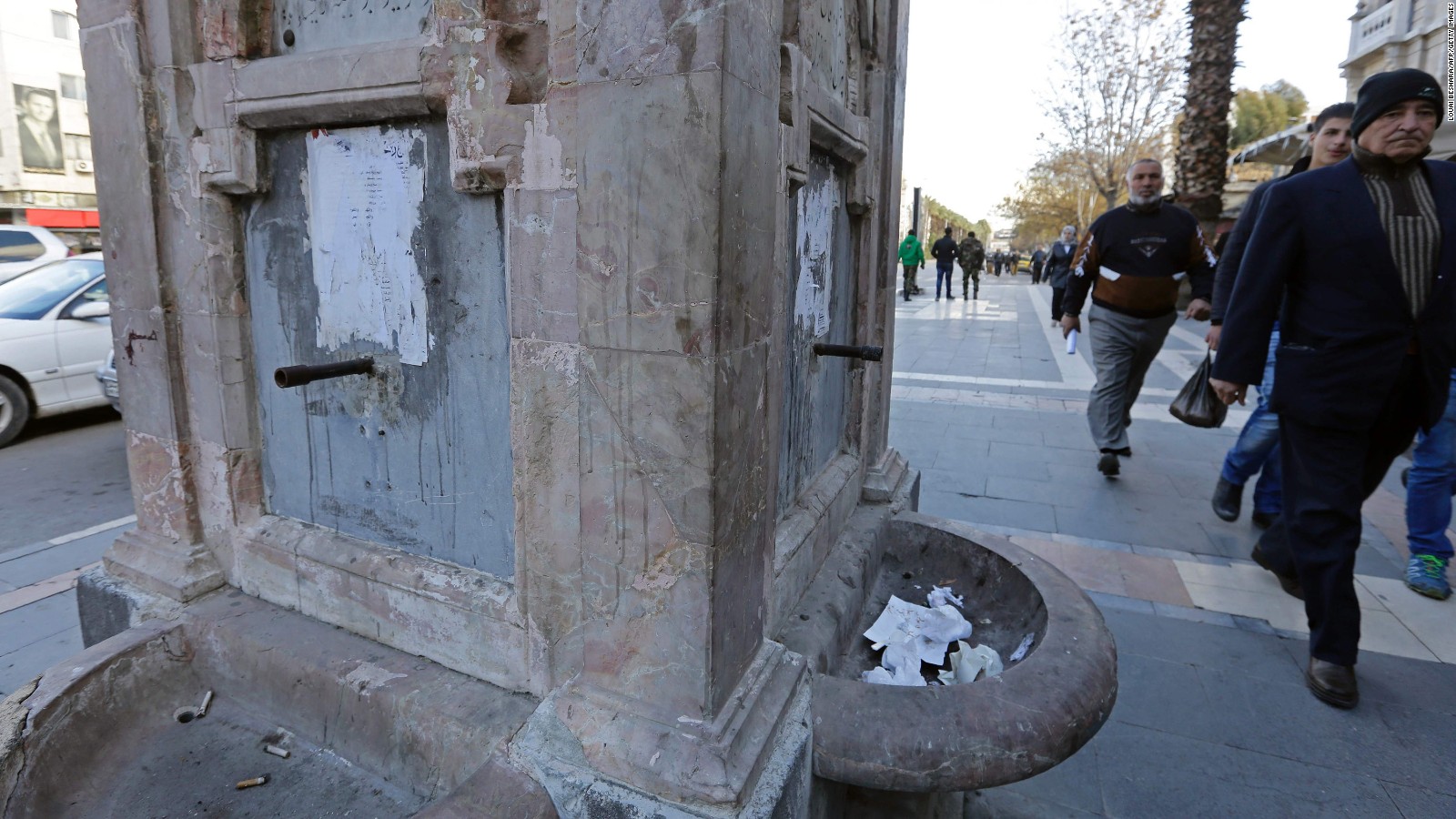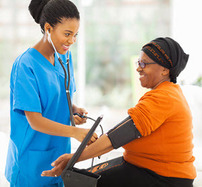|
|
|
|
|||||||||||||||
|
|
|||||||||||||||||
|
|
|
|
|||||||||||||||
Friday, January 6, 2017
2017. January 6, 2016. Public Health Emergency Weekly Report
2017. Do you know who in your community is most at-risk in a disaster?
https://www.phe.gov/ASPRBlog/pages/BlogArticlePage.aspx?PostID=222
Do you know who in your community is most at-risk in a disaster?
Author: ASPR/OPP Division of Policy and Strategic Planning
Published Date: 1/6/2017 10:10:00 AM
Category: National Health Security; Public Health Preparedness;
Published Date: 1/6/2017 10:10:00 AM
Category: National Health Security; Public Health Preparedness;
When a disaster strikes, it can harm the health of anyone in your community. However, some people are less likely to weather the storm because they may have certain medical conditions, are not able to get the help they need, or because they rely on others for help.
Helping these people during an emergency and keeping their health secure means being prepared to meet their needs. Is your community-based organization ready to serve?
Who qualifies as “at-risk”?
People who will likely have more trouble staying safe and healthy during a disaster are known as “at-risk” individuals. At-risk individuals can include people who may have specific challenges that could prevent them from getting medical care before, during, or after a disaster or emergency. This can include physical restrictions or limitations people have that make them dependent on the help or assistance of others in a disaster event, or can include poor access to services they would need in an emergency, like transportation or accommodations.
Who would I consider to be my at-risk audiences?
Many community-based organizations work with or serve at-risk individuals every day. Here are a few examples of people whose health is at risk during a disaster. Focus on one or two groups you know your organization would be able to help secure in an emergency, and start to incorporate them into your disaster preparedness and health security planning.
- Children
- Older adults
- Pregnant women
- People with physical disabilities
- Non-English speakers
- Homeless people
- People with chronic medical disorders
- People with a life dependence on medications
- People who depend on at-home medical equipment, such as ventilators
How can I best meet the needs of my at-risk audiences?
With a better idea of what types of people may qualify in your community as “at-risk,” you can now start to think about ways to incorporate them into your community health resilience and health security planning activities.
Here are some of the challenges that your organization could help address so that you can better keep your whole community healthy in a disaster.
Communication
People can only use disaster health information if they can understand it. Think about some common barriers to accessing information in your community. This can include people who are deaf or hard of hearing, speak American Sign Language, have limited to no English proficiency, are blind, or have cognitive limitations. Make sure any materials your organization develops can be understood by your community. Create targeted materials to help ensure the whole community can understand your message.
Maintaining Health
There are certain people who may require personal care assistance in the maintaining of daily activities, such as eating, dressing, and grooming. The needs of this group are unique and should have a place in your planning process. Decide how you will determine who needs help and how you will use volunteers and other resources to help them.
Independence
A sense of independence allows for people to function on their own, as long as they have the required health devices or supplies, such as diapers and formula, wheelchairs and walkers, service animals, and so on. If your organization can offer access to items like these, let other community organizations in your area know so they can include this information in their health security planning. If your organization may need items like these in a disaster event to help the people you serve, find out where you may be able to get these items in an emergency and include that information in your health security planning.
Many people rely on electricity powered medical equipment to remain independent. In a power outage, giving these people a place to plug in could save their lives or keep them out of the hospital. How many of these people are in your community? Check out the HHS emPOWER Map to find out! The HHS emPOWER Map provides information on the total number Medicare beneficiaries with electricity-dependent equipment in your state, county, or ZIP code.
Services and Support
Some people require specific behavioral or mental health needs. In the event of a disaster event, think about how people who rely on your community organization and may require support for dementia, Alzheimer’s disease, severe mental illness, and more receive these services. During a disaster, cases of domestic violence often increase. As a community organization, you may be able to offer assistance for services like these to at-risk people in the area, or you may be able to connect your audiences to other local community organizations that can help.
Transportation
There are many people who will need easy access to transportation during a disaster event or even in maintaining everyday health, regardless of disability, temporary injury, or poverty. How do you plan to get to the at-risk people in your area to assist them, or how can you help them get to your organization? Coordinate to ensure mass transit or accessible vehicles are taken into account in your health security planning.
If you know that a disaster is coming, plan to help get certain at-risk individuals the care that they need before a disaster strikes. For example, early dialysis saves lives during disasters. If there are dialysis-dependent patients in your community who lack access to transportation, help connect them with early dialysis services. Check out resources from the Kidney Community Emergency Response (KCER) Program to help with planning.
Reach out to your local health or emergency management departments to find out more about how you can help at-risk people through your community-based efforts.
There are many planning guides available to help your community organization plan. Check out the At-Risk Individuals, Behavioral Health & Community Resilience (ABC) Resource Library for guides to help you get started.
For more information and resources on national health security, please visit www.PHE.gov/NHSS.
Thursday, January 5, 2017
2017. March 22, World Water Day
World Water Day is an annual event celebrated on March 22. The day focuses attention on the importance of fresh water and advocates for the sustainable management of freshwater resources.[1]
This day was first formally proposed in Agenda 21 of the 1992 United Nations Conference on Environment and Development in Rio de Janeiro. In 1993, the first World Water Day was designated by the United Nations General Assembly and since, each year focuses on a different issue.
Climate Change and Water Resouces. Reference. Agriculture.
Climate Change and Water Resources
Tamim Younos, Caitlin A
Grady - Science -
2014 - 221 pages
This volume presents
nine chapters prepared by international authors and highlighting various
aspects of climate change and water resources. Climate change models and
scenarios, particularly those related to precipitation projection, are
discussed and uncertainties and data deficiencies that affect the reliability
of predictions are identified. The potential impacts of climate change on
water resources (including quality) and on crop production are analyzed and
adaptation strategies for crop production are offered. Furthermore, case
studies of climate change mitigation strategies, such as the reduction of
water use and conservation measures in urban environments, are included.
This
book will serve as a valuable reference work for researchers and students in
water and environmental sciences, as well as for governmental agencies and
policy makers.
|
National Latino Farmers & Ranchers Trade Association
717 D Street, NW, Suite 400
Washington, DC 20004
202- 628- 8833
Fax: 202- 393-1816
Email: latinofarmers@live.com
Website: www.NLFRTA.org
Twitter: @NLFRTAJanuary 2017. Water is the latest battleground in Syria
http://www.cnn.com/2017/01/03/middleeast/syria-damascus-water-crisis/



By Eliza Mackintosh
Updated 6:21 PM ET, Tue January 3, 2017
Story highlights
- UN says water supply cut to 4 million people in Damascus
- Residents in the Syrian capital fear water contamination
(CNN)Nour, a housewife in Damascus, says the latest joke in the Syrian capital is also a prayer of sorts: "May the gold you hold become water."
It is a half-hearted attempt to make light of a water crisis that is impacting millions in Damascus, a city that has been relatively sheltered from the violence raging elsewhere in the country.
Nour said that her family just got water on Tuesday morning, after four days without access. Her family quickly lined up to use the shower and she switched on the washing machine. Now, when she hears the sound of the water motor running, she says it is "like a wedding."
"When the water comes, it's the same joy as a mom having a boy after 10 daughters," Nour said. She did not feel comfortable sharing her last name with CNN.
Some four million people in Damascus have suffered from acute water shortages for more than a week after springs outside the Syrian capital were targeted, the UN's Office for the Coordination of Humanitarian Affairs (OCHA) said in a statement on December 29.
Water from the Wadi Barada and Ain al-Fija springs, which serve 70 percent of the population in and around Damascus, was cut after infrastructure was damaged in fierce clashes. OCHA described the damages as "deliberate," without saying who was responsible.
Syrian government and opposition trade blame
The Syrian government and rebel forces are trading blame for the water shortages.
Rebels claim the government destroyed the water pumping station in the Wadi Barada valley, one of the last remaining rebel-held pockets of Damascus.
The Syrian army and its allies are pushing to recapture Wadi Barada in spite of a nationwide ceasefire. The regime claims it is going after rebel groups who were excluded from the truce, like former al Qaeda affiliate Fateh al-Sham, which it says is operating in the area (although local groups deny this).

Syrians fill plastic containers with water at a public fountain by a park in Damascus.
The Syrian regime has accused rebels of contaminating the springs with diesel, forcing the Damascus water authority to cut the supplies.
CNN could not independently verify these claims.
A group of pro-opposition groups and civil society organizations in Wadi Barada, including the Local Council and the Syrian Civil Defense, released a statement on Monday calling for the International Committee of the Red Cross and the United Nations to assess damages at the Ain al-Fija spring, situated northwest of the capital in a mountainous area near the border with Lebanon.
"(We express) our willingness and readiness to accompany and assist teams heading to al-Fija spring to accelerate resupplying fresh water to our people in Damascus city," the statement read. "This facilitation needs to be accompanied with activating the ceasefire in Wadi Barada region and halting the aggression conducted by the Syrian government forces backed by Hezbollah militias."
The Syrian government denies any involvement in the destruction of the springs. State-run Syrian Arab News Agency (SANA) reported on December 27 that the springs in Wadi Barada "came out of service as a result of terrorist acts."
Fears over water contamination

Residents walk past a drinking fountain that has run dry.
In recent days, the Syrian government initiated a program of rationing and distribution to address the scarcity of water, as seen in footage released by SANA on December 30. But OCHA says the efforts aren't enough to meet the massive need.
"[People] are having to purchase water from private vendors, where prices and water quality are unregulated," OCHA said in a statement. "The UN is concerned about the lack of water which could lead to waterborne diseases, particularly among children, as well as the financial strain this is having on families."
Ghassan, a medic in Damascus city center who did not feel comfortable sharing his last name with CNN, said many people are worried that the drinking water being distributed might be contaminated. He added that residents are more concerned with finding potable water than going to the doctor.
Thomas Webber, an American resident of Damascus, told CNN that he has not had fresh water since December 28. Webber, who lives in the Al Rhoumani district, said that his two full tanks ran dry after just two days. Since then, he and his wife have been relying on a stock of bottled water for cooking and drinking. Water they fill up at a government-installed pipe near their home is used for washing and flushing the toilet.
Webber's district and the neighboring Malki district have not yet been slated to receive any deliveries, according to a government website announcing scheduled water truck stops.
"Two days ago they [the government] shared online which districts would get water, but people in districts on the list say there was no water deliveries," Webber told CNN in a phone interview.
TV advertisements are also being used to notify residents of scheduled deliveries. Webber's mother-in-law, who lives in a district near Shalan, was one of the lucky ones. She recently received a delivery from a government water truck, which filled up tanks in her home.
As water runs low, locals get creative

Damascus residents fill plastic containers with water at a public fountain.
Webber said nearby shops are running out of bottled water and that some locals are getting water from a government-installed plastic pipe in Jawez park.
"For some reason parks are still getting water. On the 29th I found hoses going from fountains, draining fountains in the parks," Webber said. He believes that the parks are getting water from artesian wells.
He has concerns about the quality of water coming from the Jawez pipe. Ever since his wife fell ill, they have only been using it for sanitation purposes.
Webber says people are getting creative in the crisis. His local car-washer has now become the neighborhood's go-to person for water delivery.
''He started out carrying 20 liter jerry cans to and from the pipe for us and other people. Then I saw he got a pushcart. Now he has borrowed a small 4x4 jeep from a friend and he's using that. He's making more money delivering water than he ever was washing cars.''
Webber says he's trying to stay optimistic, despite the ongoing water crisis: ''The glass is still half-full, but it's emptying fast.''
Basma Atassi and Ruth Hetherington in Abu Dhabi contributed to this report.







